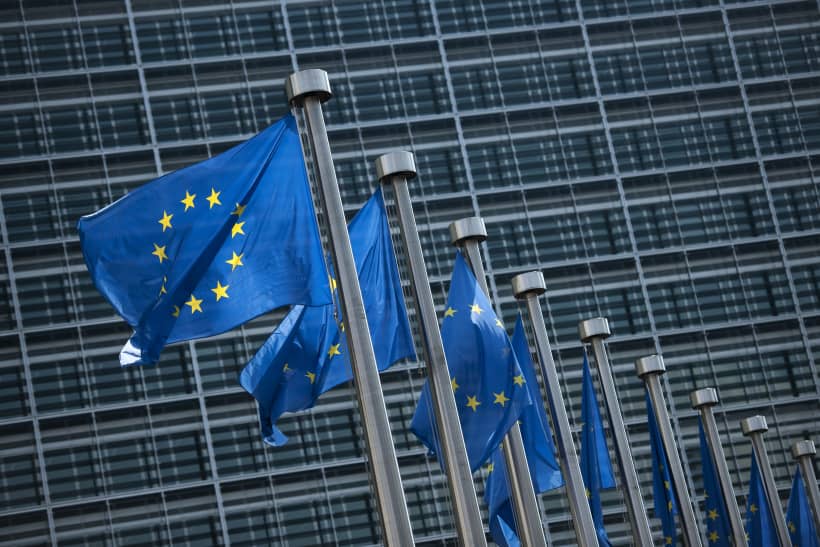The countries of the European Union (EU), the European Economic Area (EEA), the Schengen Area and the eurozone
European Union (EU)

The 27 EU Member States are:
Austria, Belgium, Bulgaria, Croatia, Republic of Cyprus, Czech Republic, Denmark, Estonia, Finland, France, Germany, Greece, Hungary, Ireland, Italy, Latvia, Lithuania, Luxembourg, Malta, Netherlands, Poland, Portugal, Romania, Slovakia, Slovenia, Spain and Sweden.
On the website of the European Union you will find more information on the current Member States and candidate countries(opens in new window).
European Economic Area (EEA)
The European Economic Area (EEA) has 30 members:
- all 27 Member States of the European Union
- three States of the European Free Trade Association (EFTA):
- Iceland
- Liechtenstein
- Norway.
Switzerland is a member of EFTA, but it does not take part in the EEA. It is not an EU Member State, but is, through bilateral treaties, part of the single market.
The Canary Islands, Madeira, the Azores, the French overseas territories (Guadeloupe, French Guiana, Martinique, Mayotte and Reunion) and the French overseas community of Saint-Martin also belong to the EEA.
Schengen area
The Schengen area(opens in new window) is a travel zone without borders between the 29 Schengen countries. It allows EU nationals and many non-EU nationals to travel freely without border checks.
The 29 Schengen countries are Austria, Belgium, Bulgaria, Czech Republic, Croatia, Denmark, Estonia, Finland, France, Germany, Greece, Hungary, Iceland, Italy, Latvia, Liechtenstein, Lithuania, Luxembourg, Malta, Netherlands, Norway, Poland, Portugal (Madeira and the Azores included), Romania, Slovakia, Slovenia, Spain (the Canary Islands included), Sweden, and Switzerland.
The Schengen area does not include:
- Republic of Cyprus
- Ireland
- the overseas territories of the Netherlands, France, Norway and Denmark.
Eurozone
Currently, the euro is the official currency of 20 out of 27 EU member countries(opens in new window) which together constitute the Eurozone, officially called the euro area.
The euro is also the currency of some non-EU countries and a number of regions outside the European Union(opens in new window):